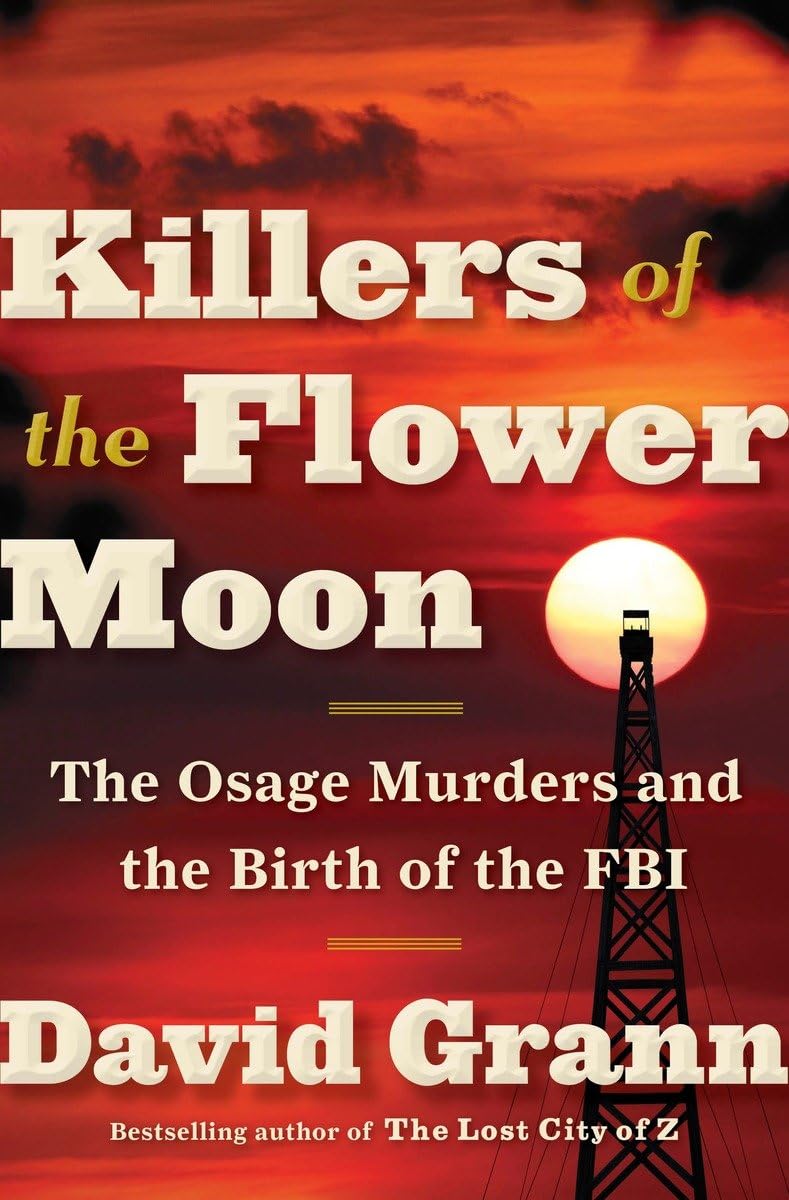Chapter 17: The Quick-Draw Artist, the Yegg, and the Soup Man
byIn Chapter 17, set in the autumn of 1925, Tom White intensified his efforts to build a solid case against William K. Hale and his accomplices, whose reign of terror had left the Osage Nation living in fear. The relentless series of murders had forced many Osage people into displacement, as they struggled to escape the invisible yet ever-present threat of being the next target. White, understanding the urgency of securing strong testimony, turned his attention to the outlaw network of Osage Hills, hoping that criminals on the fringes of society might reveal damning evidence about Hale’s orchestrated killings.
One of White’s key informants was Dick Gregg, a notorious figure linked to the Al Spencer Gang, who was serving time in prison. Despite his criminal background, Gregg demonstrated an unusual sense of morality, revealing that Hale had approached his gang to carry out contract killings against an Osage couple. However, both Gregg and Al Spencer had refused the job, an unexpected twist in the investigation that highlighted the disturbing reality that some criminals possessed more integrity than the so-called “respectable” members of society who conspired against the Osage.
Gregg’s revelation provided critical insight into Hale’s methodical and far-reaching murder-for-hire operations, but from a legal standpoint, it was insufficient as hard evidence. Since there were no surviving witnesses to corroborate his claims, White needed more substantial testimony to build an irrefutable case against Hale. As he sought other informants, he turned his attention to Henry Grammer, a well-known bootlegger with indirect ties to Hale, hoping to extract more details about the criminal network facilitating these murders.
Just as Grammer emerged as a potential witness, he was found dead under suspicious circumstances, reinforcing the growing belief that Hale was systematically eliminating anyone who could testify against him. The pattern of sudden, mysterious deaths of potential informants continued when White attempted to track down Asa Kirby, an explosives expert who had been linked to the bombing of Bill and Rita Smith’s home. Before Kirby could be brought in for questioning, he too met a violent and untimely demise, further complicating the investigation.
These strategic assassinations underscored Hale’s ruthless determination to silence any loose ends, ensuring that the most damning evidence against him never made it into a courtroom. By either orchestrating or facilitating the elimination of key witnesses, Hale created an environment where fear and distrust ran rampant, preventing those with knowledge of his crimes from stepping forward. This lethal web of corruption and intimidation meant that White’s investigation faced constant setbacks, forcing him to seek alternative ways to secure convictions against Hale and his network of conspirators.
Despite these obstacles, White remained undeterred, recognizing that the Osage murders had evolved beyond a local criminal case and into a national scandal. The scale of the conspiracy—where witnesses disappeared before they could testify—exposed the deep-rooted corruption within Oklahoma’s legal system, where justice could be bought and lives could be erased with impunity. As White pressed forward, he knew that bringing Hale to justice would require not only perseverance but also federal intervention, as local authorities remained compromised by the very forces he sought to dismantle.
The chapter paints a chilling picture of how unchecked power and greed led to a calculated extermination campaign, where even outlaws refused to participate in the heinous crimes Hale had conceived. The Osage, still mourning their murdered loved ones, watched as the web of secrecy around Hale tightened, making the possibility of true justice seem more distant. Yet, amid the intimidation and cover-ups, White’s resolve only grew stronger, as he sought to outmaneuver a criminal mastermind whose reach extended far beyond what any investigator had previously encountered.


